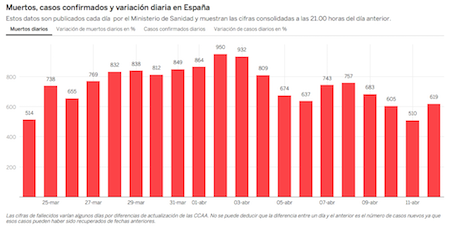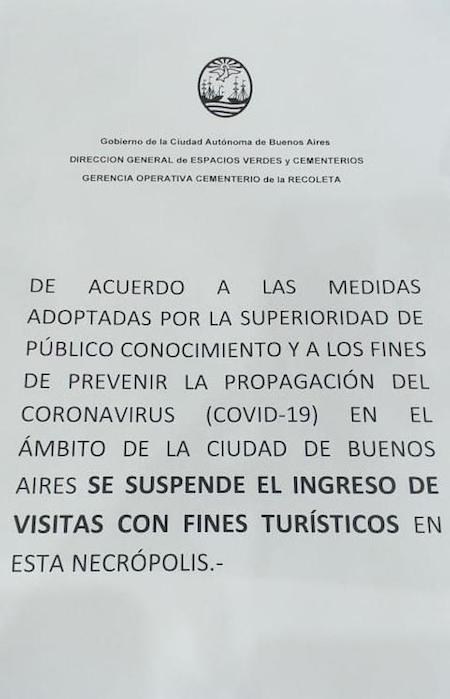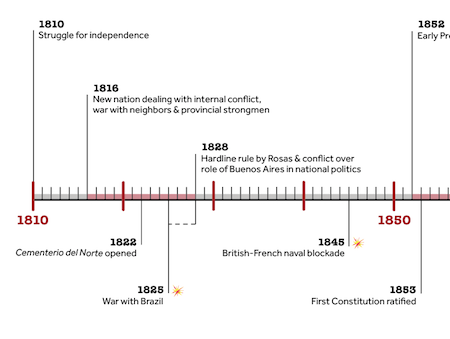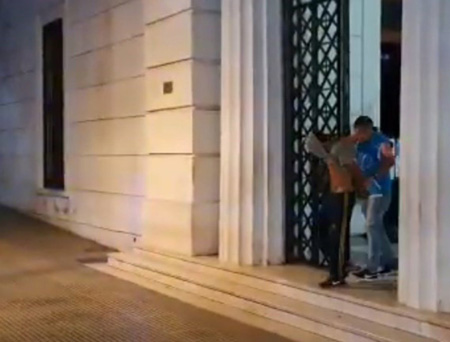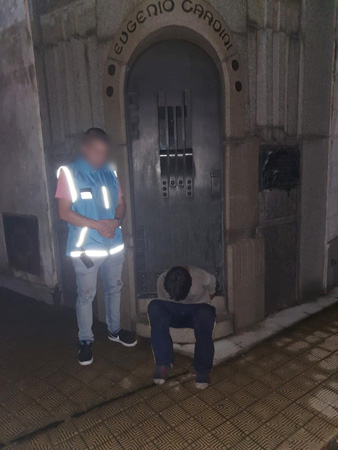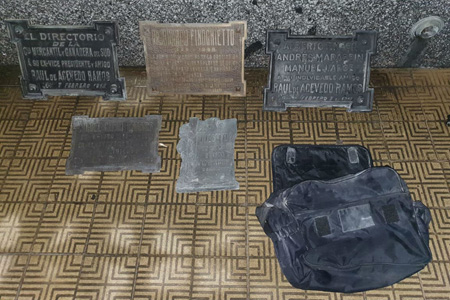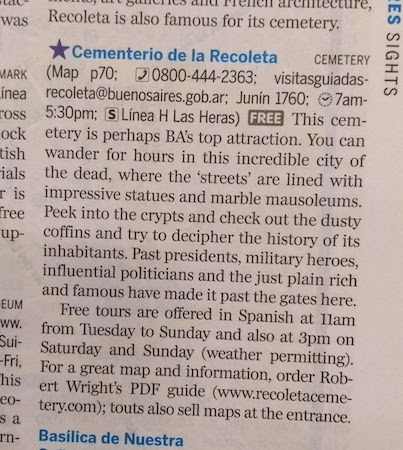
There’s nothing quite like a pandemic to reflect on the nature of life & death. The past few weeks have been difficult for the primary author of this blog who lives in Spain. Four weeks of official quarantine have passed, but another two await… with likely more to come if the number of deaths remain high. The death toll due to coronavirus in Spain reached over 900 people daily for awhile, but recently numbers have dropped a bit. Argentina –far from the global epicenter of the pandemic– has only had 83 deaths total to date… a far cry from the almost 17,000 deaths here in Spain. The graphic below is from the 12 Apr 2020 edition of the Spanish newspaper El País (click to expand):
However, Buenos Aires is no stranger to epidemics. Several swept through the city over a century ago with the most devastating being a yellow fever outbreak in 1871. An estimated 10% of the population died within a few months. Doctors & scientists had yet to discover the vector or an effective treatment, so people fled Buenos Aires… like the plague. Recoleta Cemetery even prohibited the burial of yellow fever victims. Deserted & left to its own devices, scenes of empty streets from current quarantine measures surely resemble what the city experienced almost 150 years ago. What artwork will come to define our modern experience like the famous painting of a victim of yellow fever by Juan Manuel Blanes?
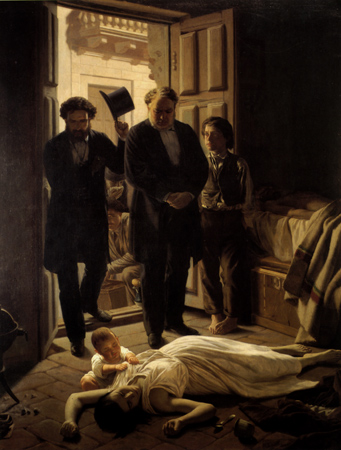
One thought holds some comfort in these difficult times; major outbreaks of disease aren’t the only opportunity to reflect on death. In previous centuries, certain religious orders throughout Europe built a chapel specifically for that reason. Several can be still be visited, but my personal favorite is in a Franciscan church in Évora, Portugal. A somewhat chilling –but true– statement greets the visitor even today: Nos ossos que aqui estamos pelos vossos esperamos. Our bones that are here await for yours.
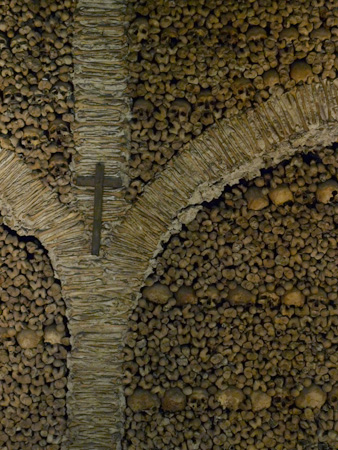
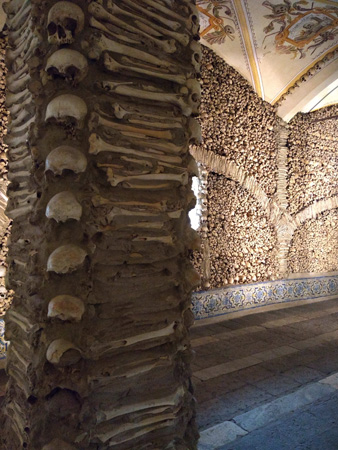
Shocking for some, walls covered with skulls & other assorted bones have a simple purpose: to familiarize the visitor with the fate that awaits us all. This particular chapel has been on the tourist circuit for some time, & a wonderful account was written by British architect James Murphy after a visit in 1789-90. A monk explained to him:
“It was for this purpose that sepulchres and cemeteries were made adjoining to the churches, and in the most frequented parts of the city, with a view to divest the people of the idea of terror at the sight of a corpse, and to the end that the continual sight of bones, graves, monuments, and funeral obsequies, should put them in mind of their frail condition.”

Death is indeed less terrifying when it becomes part of our lives, & no better time to consider our own place in the world than now. This blog will continue to provide a space for that kind of reflection, pandemic or no. That said, no need to rush to join those other bones… stay healthy, but make cemetery tourism a part of your future travel plans wherever you may go.
Leave a Comment